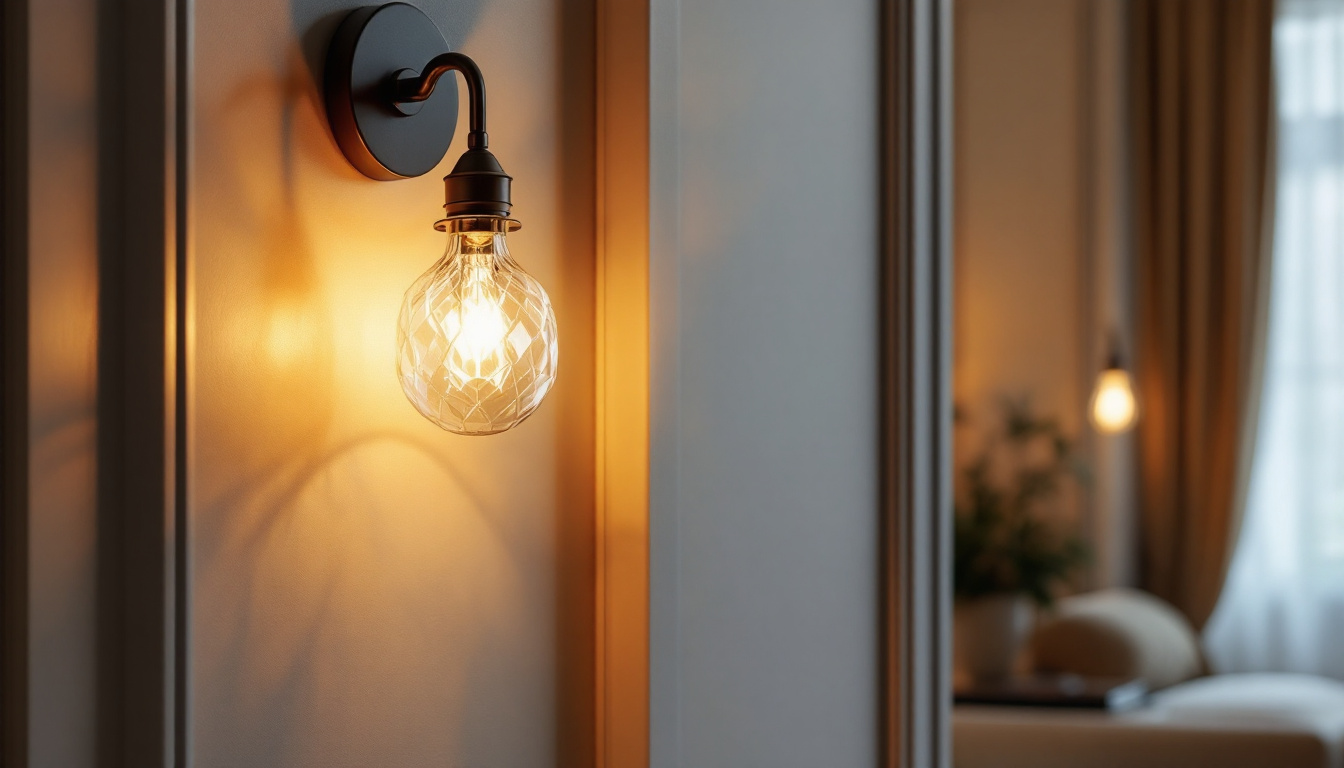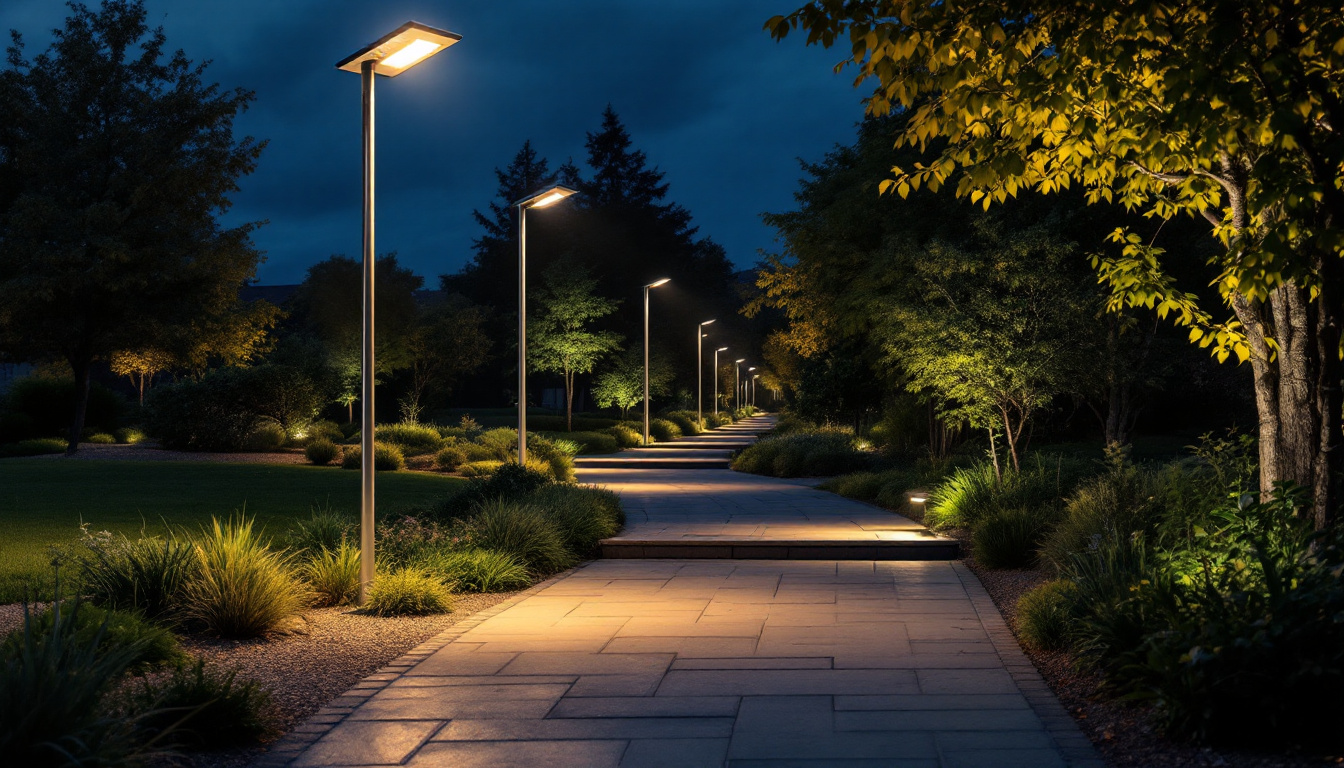
Lighting sconces are an essential element in the toolkit of any lighting contractor. They not only provide illumination but also serve as decorative features that enhance the aesthetic of a space. Mastering the art of selecting, installing, and maintaining sconces can set a contractor apart in a competitive market. This article delves into the top resources available for lighting contractors looking to elevate their sconces game.
Lighting sconces come in various styles, materials, and functionalities, making them versatile fixtures for both residential and commercial applications. They can be used to highlight artwork, provide ambient lighting, or serve as task lighting in specific areas. Understanding the nuances of these fixtures is crucial for any contractor aiming to deliver exceptional results.
There are several types of sconces available, each designed for specific purposes and environments. Wall-mounted sconces are the most common, but there are also plug-in options that offer flexibility in installation. Some sconces are designed for outdoor use, providing weather-resistant features that enhance exterior spaces.
Additionally, sconces can be categorized based on their light source. LED sconces are becoming increasingly popular due to their energy efficiency and longevity. Traditional incandescent sconces still hold their charm, especially in vintage or rustic settings. Understanding these types allows contractors to make informed decisions based on client needs and project specifications.
Moreover, there are also unique designs such as candle sconces, which evoke a sense of nostalgia and warmth, often used in dining areas or hallways to create a cozy atmosphere. These fixtures can be paired with LED flickering bulbs to mimic the soft glow of real candles without the associated risks. In contrast, modern sconces often feature geometric shapes and minimalist designs, appealing to contemporary aesthetics and making a bold statement in any space.
When selecting sconces, several key features should be taken into account. The wattage and lumens output are critical for ensuring that the lighting meets the intended purpose. A sconce meant for ambient lighting may require different specifications than one designed for task lighting.
Another important aspect is the design and finish of the sconce. Contractors should consider the overall decor of the space to ensure that the sconces complement the existing elements. From sleek modern designs to ornate vintage styles, the right choice can enhance the overall ambiance of a room.
Additionally, the height and placement of sconces play a significant role in their effectiveness. Installing sconces at the right height can dramatically influence the light distribution and the visual appeal of the space. For instance, placing sconces at eye level can create a more inviting atmosphere, while higher placements can help illuminate larger areas without overwhelming the room. Furthermore, dimmable sconces offer versatility, allowing users to adjust the brightness according to the time of day or mood, making them an excellent choice for multifunctional spaces.
Choosing the right sconces involves more than just picking a style; it requires a deep understanding of the available options and their applications. Fortunately, there are numerous resources available to lighting contractors that can aid in this process.
Manufacturer catalogs are invaluable resources for contractors. They provide detailed information about various sconces, including specifications, materials, and installation guidelines. Many manufacturers also offer online access to their catalogs, making it easy to browse and compare options.
Additionally, these catalogs often feature new product releases and design trends, keeping contractors informed about the latest innovations in lighting design. Regularly reviewing these catalogs can help contractors stay ahead of the curve and offer clients the most current options. Furthermore, many catalogs include case studies or project highlights that showcase how specific sconces have been successfully integrated into various settings, providing inspiration and practical examples for contractors to reference.
Many lighting manufacturers and retailers offer online design tools that allow contractors to visualize how sconces will look in a given space. These tools often include features such as 3D modeling and augmented reality, enabling contractors to present options to clients in a more engaging manner.
Using these design tools can enhance the decision-making process for clients, as they can see how different sconces will interact with the existing decor and lighting. This not only improves client satisfaction but also streamlines the selection process for contractors. Additionally, some platforms allow for customization, enabling contractors to adjust colors, finishes, and even the intensity of light to match the client’s vision. This level of interactivity can foster a collaborative atmosphere, encouraging clients to express their preferences and ideas more freely, ultimately leading to a more tailored lighting solution.
Proper installation is critical to ensuring that sconces function effectively and safely. Lighting contractors must adhere to best practices to guarantee that their installations meet industry standards and client expectations.
Before installing sconces, it is essential to assess the electrical requirements. Contractors should ensure that the existing wiring can support the wattage of the new fixtures. If necessary, upgrading the electrical system may be required to accommodate higher wattage sconces.
Additionally, understanding the local electrical codes and regulations is paramount. Compliance with these codes not only ensures safety but also protects contractors from potential liability issues. Regular training and education on electrical standards can help contractors stay informed about any changes in regulations. Furthermore, it is advisable to conduct a thorough inspection of the electrical circuit before installation. This includes checking for any signs of wear or damage, which could pose risks when new fixtures are added. Proper grounding and circuit protection measures should also be implemented to safeguard against electrical surges and short circuits.
Correct mounting techniques are vital for the longevity and functionality of sconces. Contractors should use appropriate anchors and brackets based on the wall material to ensure a secure installation. For heavier sconces, additional support may be necessary to prevent sagging or damage over time.
Moreover, the height at which sconces are mounted can significantly affect their performance. As a general rule, sconces should be installed at a height that allows for even light distribution while also considering the surrounding decor. This attention to detail can make a significant difference in the overall lighting effect. It is also beneficial to consider the intended use of the space; for instance, sconces in hallways might be best positioned at eye level to enhance visibility, while those in living areas could be slightly higher to create a more ambient atmosphere. Additionally, the angle of the sconces should be adjusted to direct light where it is most needed, enhancing both functionality and aesthetic appeal in the room.
Dust and grime can accumulate on sconces, diminishing their brightness and appeal. Contractors should recommend appropriate cleaning techniques based on the materials used in the sconces. For example, glass sconces may require gentle cleaning solutions, while metal sconces may benefit from polishing to restore their shine.
Encouraging clients to establish a regular cleaning schedule can help maintain the aesthetic and functional quality of the sconces. Providing them with specific instructions can empower clients to take ownership of their lighting fixtures.
Even with proper care, sconces may occasionally encounter issues such as flickering lights or complete outages. Contractors should be prepared to troubleshoot these problems effectively. Common causes of flickering may include loose connections or incompatible bulbs.
Educating clients on how to identify and resolve minor issues can enhance their satisfaction and reduce the need for service calls. However, contractors should also emphasize the importance of professional assistance for more complex problems, ensuring that clients feel supported throughout the lifespan of their lighting fixtures.
The lighting industry is continuously evolving, with new trends emerging regularly. For lighting contractors, staying current with these trends is essential for meeting client expectations and remaining competitive.
Subscribing to industry publications and blogs can provide valuable insights into the latest trends and innovations in lighting design. These resources often feature expert opinions, case studies, and product reviews that can inform contractors’ decisions.
Engaging with these publications allows contractors to gain a broader perspective on the market and identify emerging trends that may resonate with their clients. Regularly reading industry content can inspire new ideas and approaches to lighting design.
Attending trade shows and networking events is another effective way for contractors to stay informed about the latest trends in lighting. These events often showcase new products, technologies, and design concepts, providing contractors with firsthand experience of what’s available in the market.
Networking with other professionals in the industry can also lead to valuable partnerships and collaborations. Sharing knowledge and experiences can foster creativity and innovation, ultimately benefiting contractors and their clients.
Mastering the art of lighting sconces requires a combination of knowledge, practical skills, and a commitment to staying current with industry trends. By leveraging the resources available, lighting contractors can enhance their expertise and deliver exceptional results for their clients.
From understanding the different types of sconces to implementing best practices for installation and maintenance, every aspect plays a crucial role in the success of a lighting project. By investing time in education and utilizing the right resources, contractors can elevate their craft and ensure that their clients enjoy beautifully lit spaces for years to come.
Ready to take your lighting projects to the next level? LumenWholesale is here to support you every step of the way. With our extensive selection of top-quality, spec-grade lighting sconces at unbeatable wholesale prices, you can confidently meet your clients’ needs while maximizing your profits. Say goodbye to local distributor markups and hello to superior lighting products that meet the highest industry standards. Plus, with free shipping on bulk orders, you can enjoy the best value without hidden fees or compromises. Elevate your craft with the perfect blend of quality, affordability, and convenience at LumenWholesale – Wholesale Lighting at the Best Value.

Discover how a lock for power outlets can transform your lighting projects by enhancing safety and security.
Discover essential tips for lighting contractors to prevent common pitfalls with light bulb holders.

Discover the essential guide to fluorescent fixture diffuser replacements tailored for lighting contractors.

Discover how outdoor pole solar lights can transform your space by enhancing safety and efficiency in lighting installations.